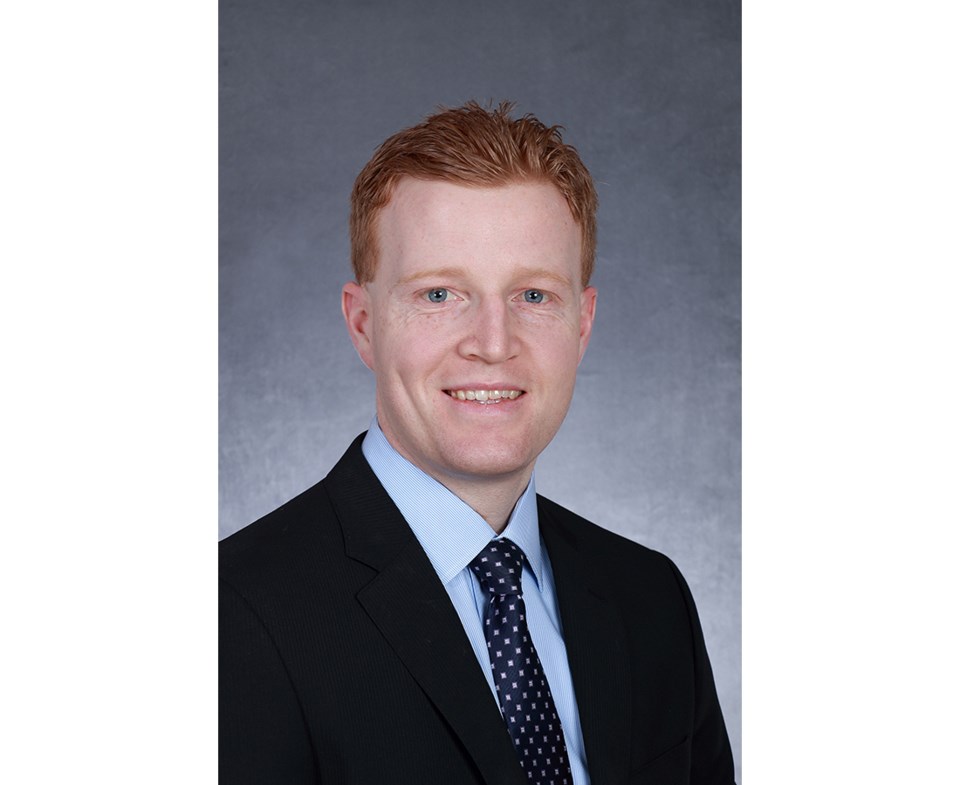Okay, maybe a family wealth review is not the first thing that comes to mind as the holiday season approaches. Most of my friends and clients are busy decorating their homes, planning vacations, and overall getting in the spirit.
Here’s why it is a really good time of the year for you and your family to perform a financial checkup.
Whether you earned a promotion this year, changed to working part-time or pivoted careers, if you had a large increase or decrease in income this year, there are tax-saving opportunities available to you. Whenever there is a large difference in incomes between spouses or common-law partners, if you can more evenly split income between them, you end up paying less in taxes overall as a family. For example, if one spouse had a dramatic increase in their investments this year, it may be a good time to look at ways of splitting that investment income between both spouses. Options in this area include spousal investment loans, family trusts, and spousal RRSPs.
Another good reminder is to check and make sure all members of your family 19 years of age and older are making use of their Tax-Free Savings Accounts (TFSAs). Any children that have turned 18 years of age will be eligible to open a TFSA account and contribute to it; however, in B.C. you must be at least 19 years of age to sign a contract to open an account. The 2021 contribution limit is $6000, and you can verify your personal TFSA limit on CRA’s "My Account" website. All investment income earned within a TFSA is tax-free and any withdrawals are tax-free, which makes it a very flexible account. My motto for financial planning is ‘Early and Often’, and the earlier we can educate and get kids saving their money, the better.
If you are planning to donate to charity in the near future, make those donations before the end of the year instead of waiting until next year. The benefit of doing so is that you will receive your tax credit from that donation in April 2022, a full year earlier compared to a January 2022 donation. The tax credit for donations made up to $200 is 20.06 per cent, and 45.8 per cent for the total amount of your donations greater than $200. For example, a $10,000 charitable donation would result in a tax credit of $4,528.52. Note that if your taxable income is greater than $222,420, you may be eligible for an enhanced tax credit of up to 53.5 per cent of the donation.
For an even greater tax benefit, instead of making a cash donation, consider making a direct donation of publicly traded shares that are in an unrealized capital gain position. You will be taxed zero per cent on the capital gain in addition to receiving a charitable donation tax credit, which is a much better tax result compared to selling the shares, paying capital gains tax, and then donating the after-tax cash. Note this strategy should only be used with investments that are not inside TFSA, RESP or RRSP accounts.
Turning 65 next year? Make sure you review your options with your financial advisor and plan for the best time to begin receiving both CPP and OAS. CPP can be applied for as early as age 60 and can be deferred to as late as age 70, while OAS can be taken as early as age 65 and deferred to age 70. If you expect to have a long life expectancy and can fund your early retirement years from RRSPs or other sources, deferring both CPP & OAS until age 70 can leave you better off as you will receive 42% & 36%, respectively, more in annual benefits.
For more information on this and other tax matters, tune in to our Year-End Tax Planning Strategies webinar. To register please email: [email protected]
This column is courtesy of Patrick Caffrey, Partner, Tax and Estate
Raymond James Ltd. is a Member of the Canadian Investor Protection Fund. Raymond James advisors are not tax advisors; investors should seek independent advice from a professional advisor on tax-related matters



